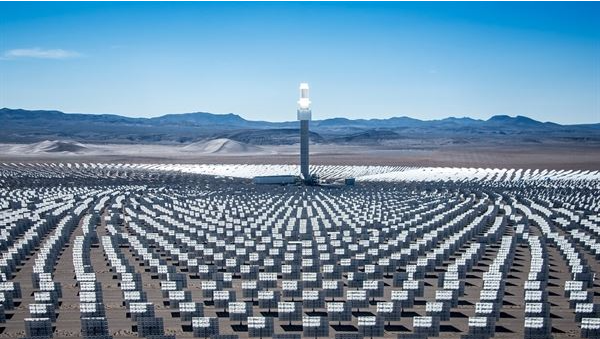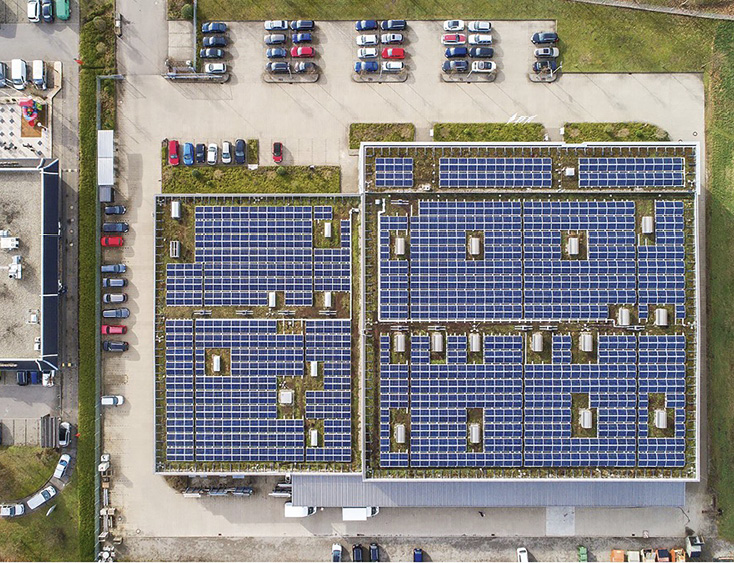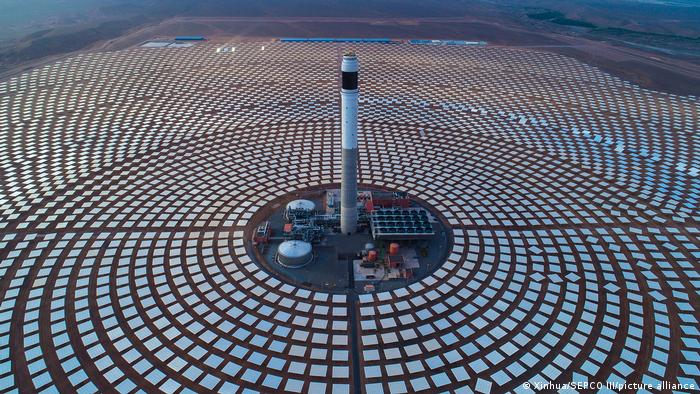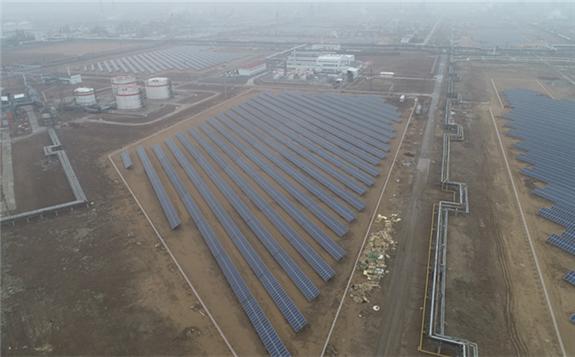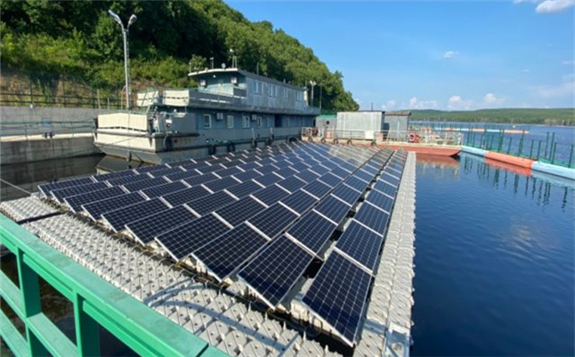The U.S. Henry Hub natural gas contract continued to sell off on Wednesday afternoon after having recorded steep losses at the beginning of the week.
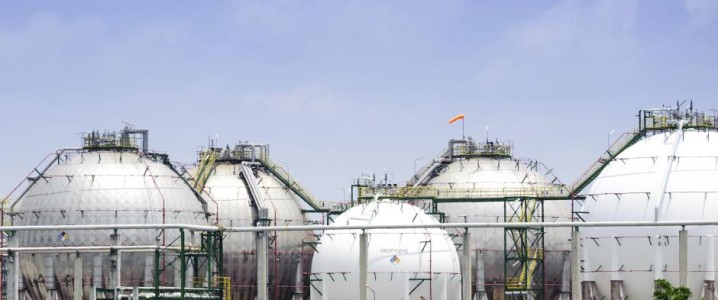
At 4:25 PM CT, front-month natural gas futures had fallen below $6 per MMBtu, trading at $5.865 per MMBtu, some 4.45% lower than at the beginning of the trading session.
Forecasts for less cold weather in late November have fueled a crash in natural gas prices, but there are plenty more reasons to be bearish about the commodity. Mild temperatures at the start of the heating season in the U.S. and Europe have thus far led to lower than expected demand while U.S. producers injected relatively large amounts of gas into storage during the month of October. On the supply side, the EIA expects producers to ramp up production to 99.4 bcf/d during the winter months, up from some 98 bcf/d per month since June.
High storage levels in Europe and warnings about demand in China are also adding downward pressure to the outlook for gas futures. In Europe, gas storage facilities are nearing capacity and there have been little to no draws in storage levels so far this autumn according to the latest data from Gas Infrastructure Europe. Another major factor that is keeping prices suppressed is the large number of LNG vessels waiting to unload at European re-gasification terminals. Last week, data from energy analytics firm Vortexa confirmed that there was at least $2 billion worth of LNG floating off the European coast in more than 30 LNG tankers. The owners of the cargoes in the idling tankers may be waiting for prices to pick up again, but the odds are stacked against them at the moment.
The current outlook for gas prices in Europe is quite the opposite of what analysts saw in August, when gas prices at the Dutch TTF natural gas hub neared $100 per MMBtu amid a sudden drop in supply from Russia. In a recent report, Goldman Sachs reaffirms their negative outlook for TTF gas prices this winter.
While Goldman remains bullish on crude prices, it has lowered its expectations for EU gas prices, stating that prices could fall almost 30% from current levels. The investment bank sees the current oversupply of LNG, full storage tanks and a late start of heating season across the continent as the three major reasons for lower prices this winter, which is welcome news for European leaders who have faced tremendous pressure to deal with the ongoing cost-of-living crisis.
As for U.S. Henry hub prices, the EIA doesn’t expect prices to change too much in the near term, citing robust LNG exports to the Northern Hemisphere and the resumption of operations at the Freeport LNG terminal as bullish factors for gas prices. Despite strong LNG exports, storage levels in the U.S. ended October just 4% below the 5-year average. In its latest outlook, the EIA sees Henry Hub front month prices average around $6.05 per MMBtu this winter.

